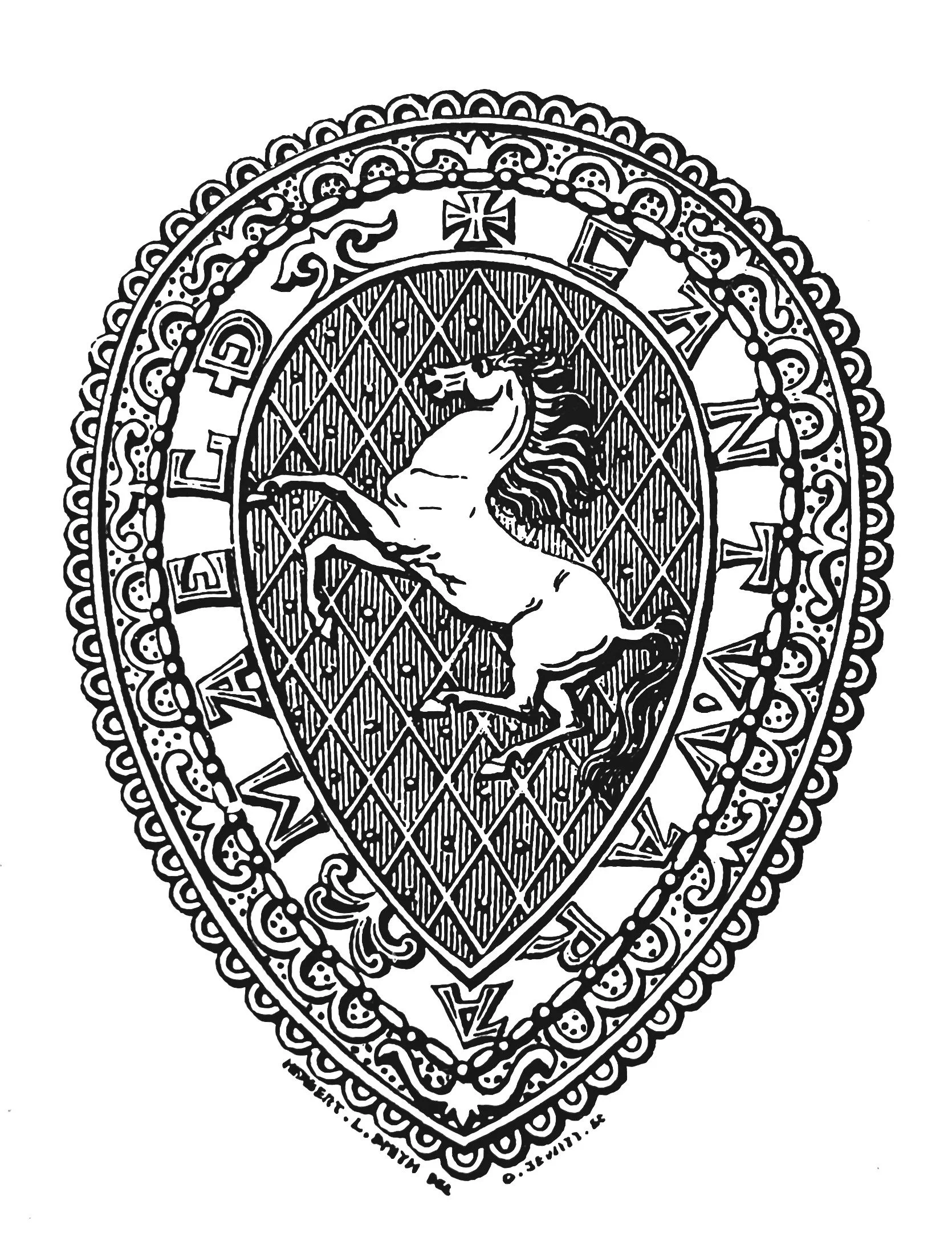
KAS Newsletter, Issue 13, Spring 1988
Pilgrims Way Exhibition, pottery insights, local history, and archaeological endeavors in Kent.
Contributions to the next issue are welcome. See the guidance for contributors and contact Editor Craig Campbell.
Search page
Search within this page here, search the collection page or search the website.
Previous
Previous
KAS Publicity Leaflet
Next
Next




